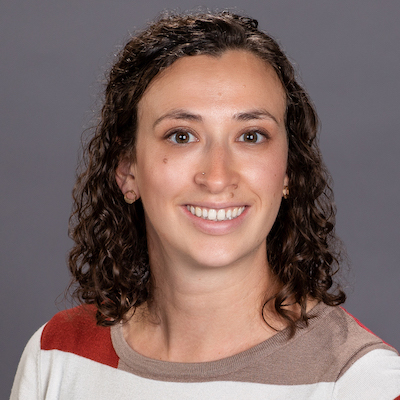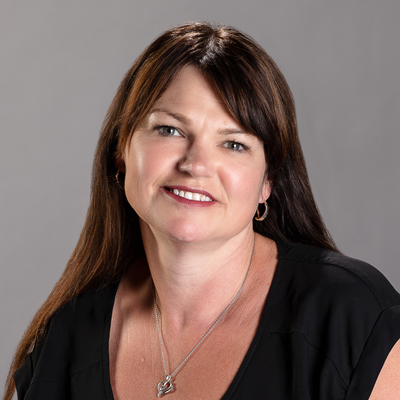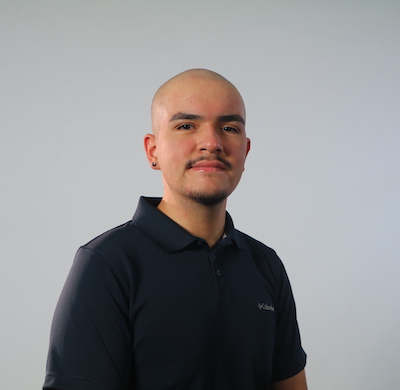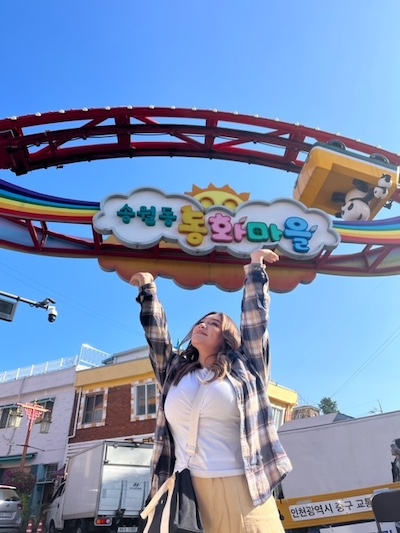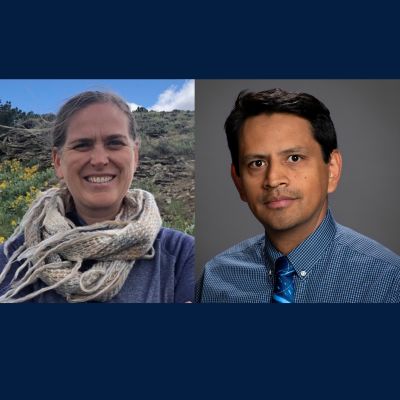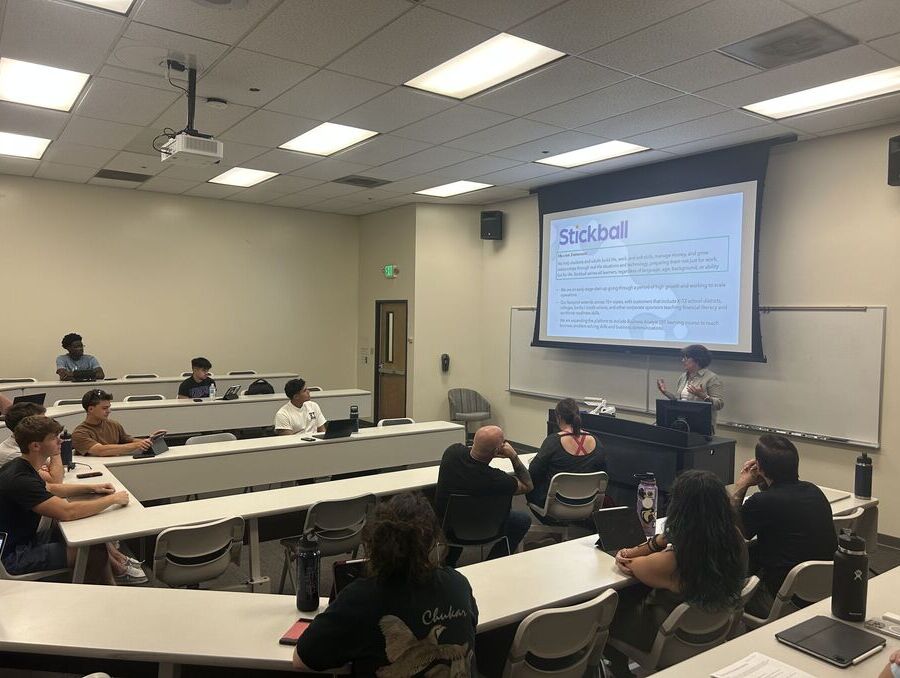Libraries collaborate to showcase ART 100 student stickers
The artwork is displayed throughout campus and was created using equipment from the DeLaMare Science and Engineering Library (DLM) Makerspace and Art Department’s Fablab
As you’ve walked around campus the last few weeks, have you noticed any new artistic additions in the windows? Maybe you’ve seen the dozens of eyes staring back at you under the outdoor staircase near Paul Laxalt Mineral Engineering Building, or the bee kind sticker on a study room window in the Mathewson-IGT Knowledge Center. These subtle artist pieces were created by dozens of ART 100 students, assigned to design and fabricate vector-based art. The art can be found all over campus, with some outside on unique structural features. Most art pieces are scattered throughout the Jot Travis Building, Church of Fine Arts Building, University Arts Building and the University Libraries Mathewson-IGT Knowledge Center.
This assignment prompted students to consider positive and negative space, and how their art can be integrated into the public sphere. Students utilized Adobe Illustrator to draw their vectors and fabricated a sticker or wooden engraving using making equipment in the DeLaMare Science and Engineering Library (DLM) Makerspace and Art Department’s Fablab. Over the course of the assignment, students interacted with Fablab and DLM Makerspace staff members to learn how to operate vinyl cutter and laser engraver equipment.
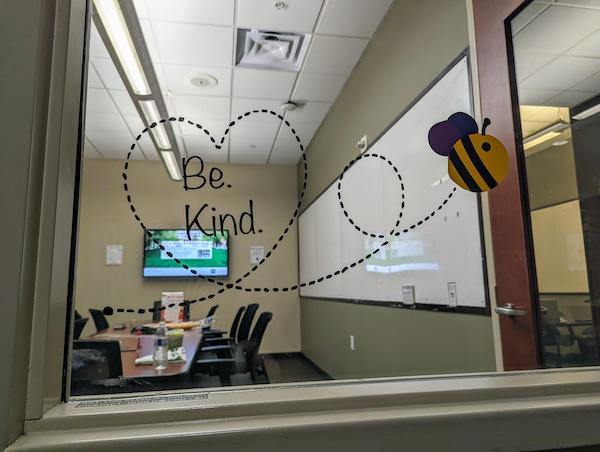
Makerspace environments foster creativity and provide alternate ways to engage with course content. The DeLaMare Library Makerspace collaborates with faculty members across the disciplines to incorporate maker competencies into the course curriculum. As a new faculty member for the Art Department, Ivy Guild set out to revamp the Visual Foundations curriculum. She was introduced to the various University making facilities and met with me, the fabrication librarian, to integrate the Libraries’ makerspace equipment into a vector-based assignment.
Guild said, “As I rework the Visual Foundations curriculum into two new courses, one of my priorities is to make the classes more interdisciplinary and digitally engaged. Teaching students how to create artwork, make it digital and then manifest physical artwork with the help of technology is a fantastic way to introduce art students to digital media integration. Vector-based imagery is ideal for makerspace machines and tools, which helped students create weather-resistant site-specific vinyl artworks. It was invaluable to have help from Makerspace wranglers in troubleshooting and building student projects. It is my hope that students learned about working with Adobe Illustrator, makerspace tools, public art proposals and installation and alternative art materials.”
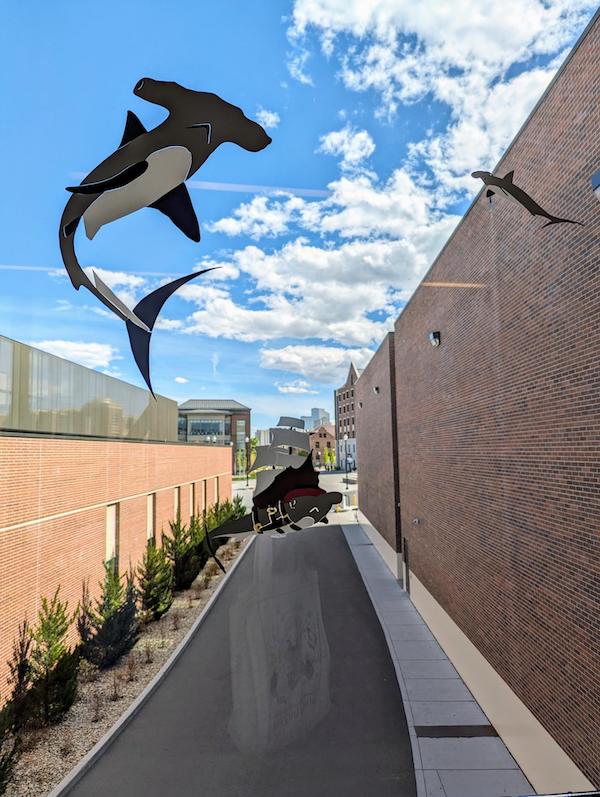
Teaching with the Makerspace
The Makerspace staff have facilitated numerous sessions across the disciplines, including art, business, engineering, geology, nursing and more. We work with faculty members to design an instruction session that fits the needs of their course and develop Makerspace related student learning objectives and assessment tools. Our curriculum is grounded in the maker literacies that were developed out of the University of Texas, Arlington Libraries. Ten maker competencies were developed, addressing various transferable skills that could be learned through the making process. Student learning outcomes were designated for each competency, and a rubric was built out to for educators to map learning outcomes to themes that may align with learning goals, including project management, effective teamwork, prototyping, knowledge management practices and transferred knowledge.
Our staff assist faculty members to map the maker literacies to the course content, looking over the syllabus and determining which transferable skills fit best within the context of the course. We develop a plan to integrate the Makerspace into the course, often done through a Makerspace instruction session, online module or one-on-one consultations with students. We also provide guidance on which Makerspace equipment could be best fit for the course assignment. Our Makerspace has the following equipment:
- 3D printers and scanners
- Laser engravers
- Vinyl cutters
- CNC milling and hand routing
- Sewing and embroidery
- Soldering stations
As you begin to prepare your courses for the fall or spring semesters, consider utilizing the Makerspace to engage your students with a unique and hands-on experience. If you are interested, please contact me via email.
On your next walk, keep a look out for these colorful additions to our campus. Student artwork will stay up through the end of the semester.

